
The Bureau of meteorology and CSIRO released on Wednesday the latest State of the Climate Report.
It outlines in stark detail many of the climate impacts we are already seeing with bushfires and floods, and extreme heat. This affects our economy, society and environment. We now live in the Age of Consequences.
As people go to vote this week and Saturday they should consider these impacts and the candidates and parties they are voting for. Who has the most ambitious climate targets?, who has detailed climate action plans to reduce emissions? and plans for climate adaptation to deal with the problems already baked in?.
Climate Action Merribek has assessed candidates for the electorates of Brunswick, Pascoe Vale and Broadmeadows. We urge you to preference those candidates who have signed the Climate Emergency Declaration and the Forest Pledge and have committed to increasing climate action.
On a global level the climate science says we need to peak emissions by 2025, and halve emissions by 2030. According to the outcomes of the UN climate conference COP27 in Egypt we are not on track globally to meet those global targets.
Here is a quick summary from the State of Climate report
- Australia’s climate has warmed by an average of 1.47 ± 0.24 °C since national records began in 1910.
- Sea surface temperatures have increased by an average of 1.05 °C since 1900. This has led to an increase in the frequency of extreme heat events over land and sea.
- There has been a decline of around 15 per cent in April to October rainfall in the southwest of Australia since 1970.Across the same region, May to July rainfall has seen the largest decrease, by around 19 per cent since 1970.
- In the south-east of Australia, there has been a decrease of around 10 per cent in April to October rainfall since the late 1990s.
- There has been a decrease in streamflow at most gauges across Australia since 1975.
- Rainfall and streamflow have increased across parts of northern Australia since the 1970s.
- There has been an increase in extreme fire weather, and a longer fire season, across large parts of the country since the 1950s.
- There has been a decrease in the number of tropical cyclones observed in the Australian region.
- Snow depth, snow cover and number of snow days have decreased in alpine regions since the late 1950s.
- Oceans around Australia have continued to become more acidic, with changes happening faster in recent decades.
- Sea levels are rising around Australia, including more frequent extremes that are increasing the risk of inundation and damage to coastal infrastructure and communities.
Honorary Associate Professor Liz Hanna, from the Institute for Climate, Energy & Disaster Solutions and Fenner School for Environment and Society at the Australian National University said that
“The latest annual report of our climate provides yet another damming indictment of political reluctance to take action to protect ourselves, our environment and our way of life.
“All the military spending in the world cannot protect us from climate change.
“But investments to kick start and rapidly roll out the much needed economy wide transition to a safe carbon free future will provide the protection we so desperately need.
“We do not need new coal or new gas. We need a future. Our children need and deserve a future.
“Extreme heat is the most lethal of natural disasters, and this latest BoM SotC report details the alarming rise in the number of days per year in Australia where going outside could kill us.
“We can acclimatise to warm weather, but we cannot acclimatise to the heat extremes that will come if we do not act fast enough.
“Australia’s climate mayhem over the past few years is being repeated all cross the world.
“Whole districts are devastated. Businesses are going broke. Hundreds of families made homeless. Insurance is unaffordable and governments struggle to repair bridges and roads and provide alternative housing. Climate change is already wreaking havoc and destroying lives and livelihoods.
“This is just the beginning! The world has only warmed about 1.1°C and will surpass 1.5°C in a few years as we march onto 3°C of warming.
“We elect governments to protect our wellbeing. This government must prioritise protection from climate change by rapidly cutting our reliance on fossil fuels and assisting the nation to shift to climate safe alternatives.”
Liz Hanna, Institute for Climate, Energy & Disaster Solutions and Fenner School for Environment and Society at ANU
Here is that information sourced from the State of the Climate 2022 Report in 20 graphs and maps:
Australian Surface Air Temperature trend

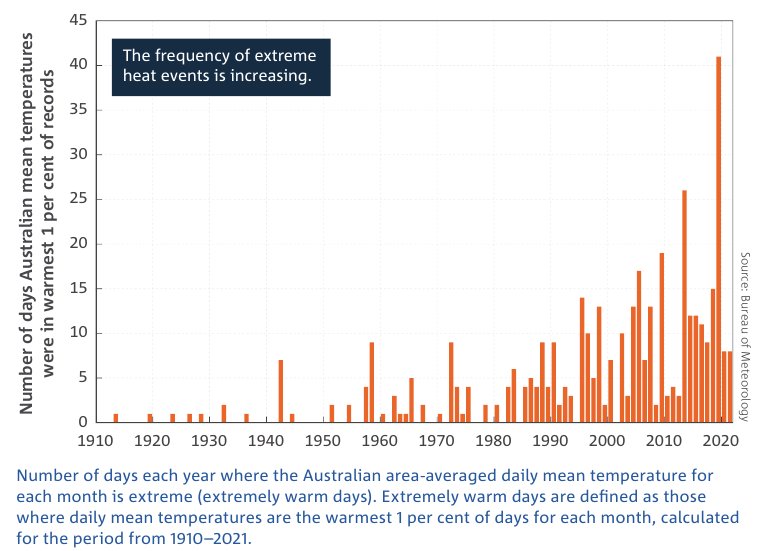
Change in Fire Weather

Change in Rainfall
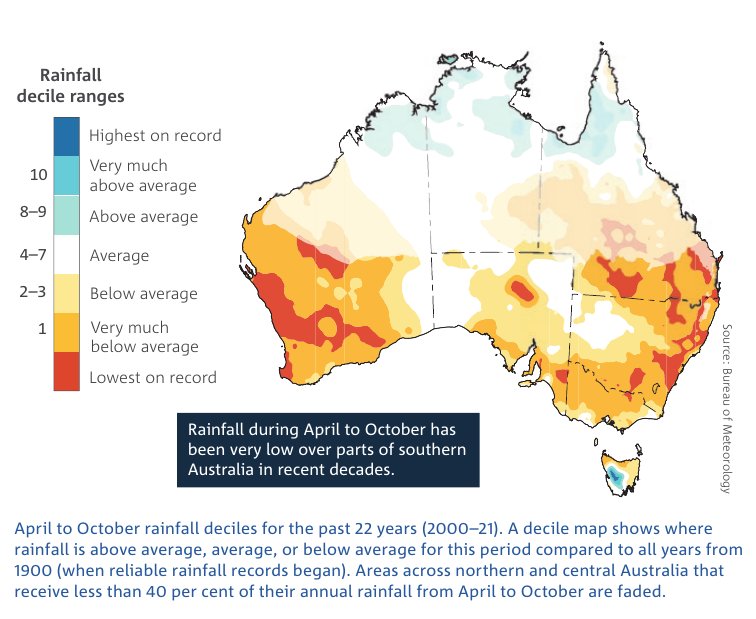


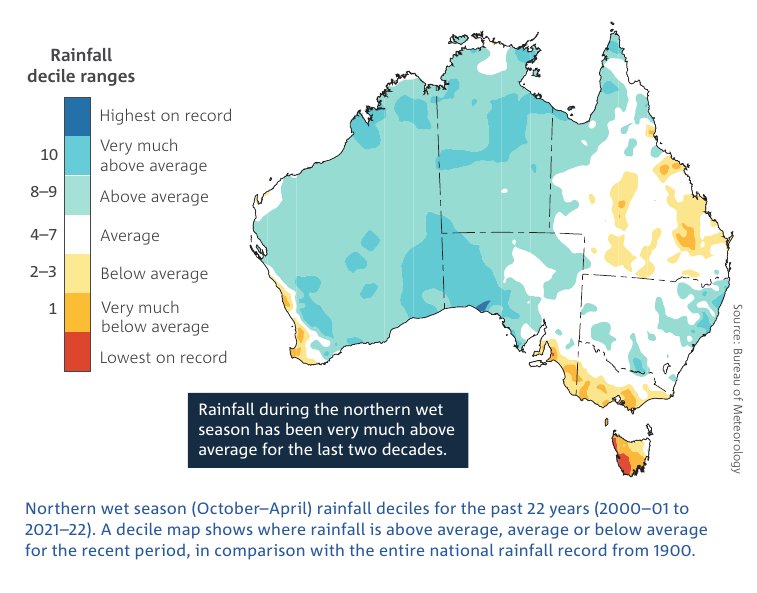
Ocean Heat and Marine Heatwaves


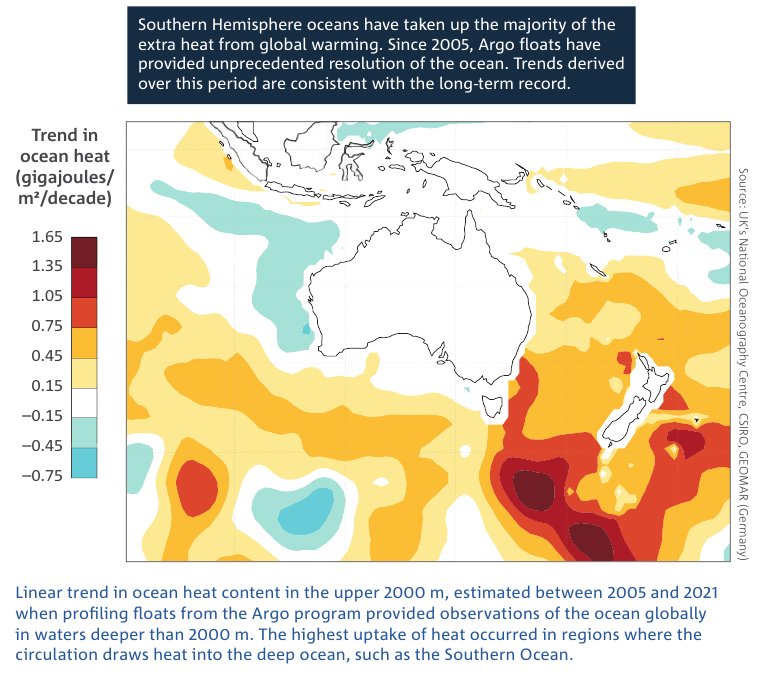
Sea Level Rise
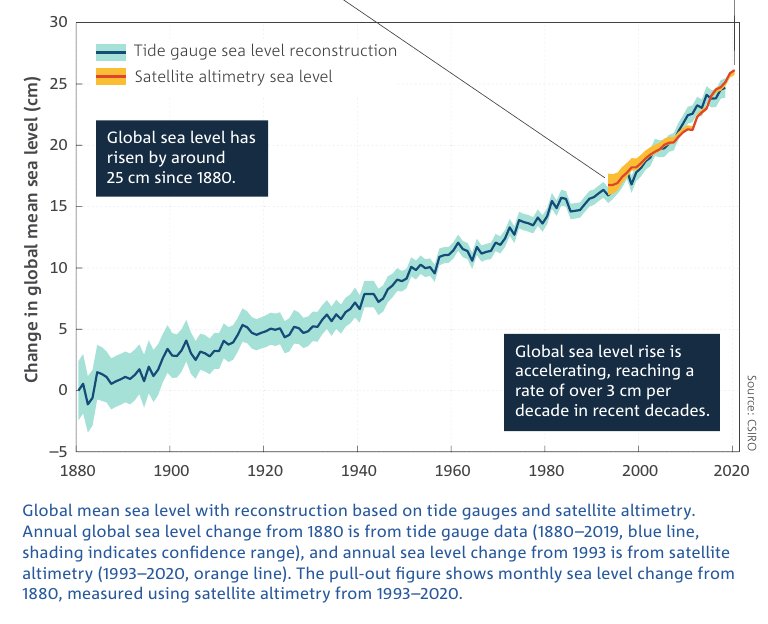
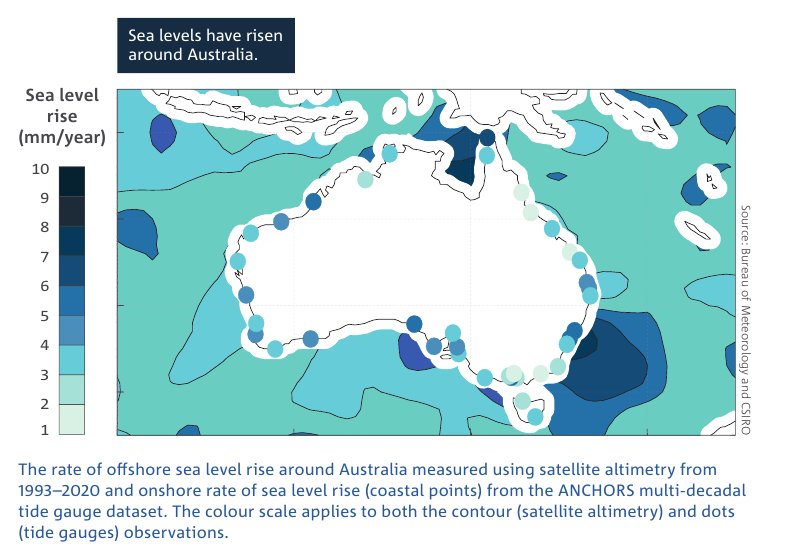
Ocean Acidification
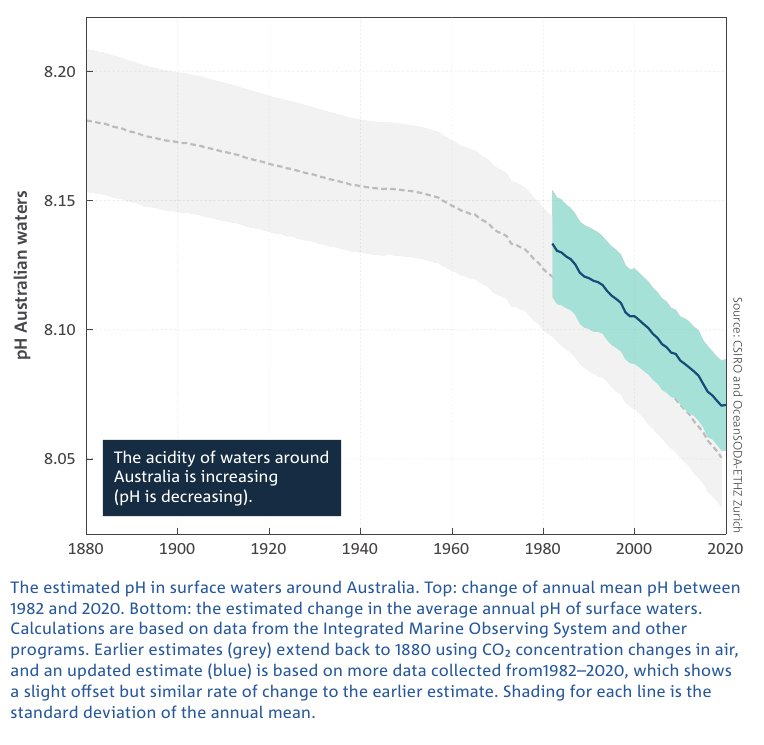
The Cryosphere – Antarctica

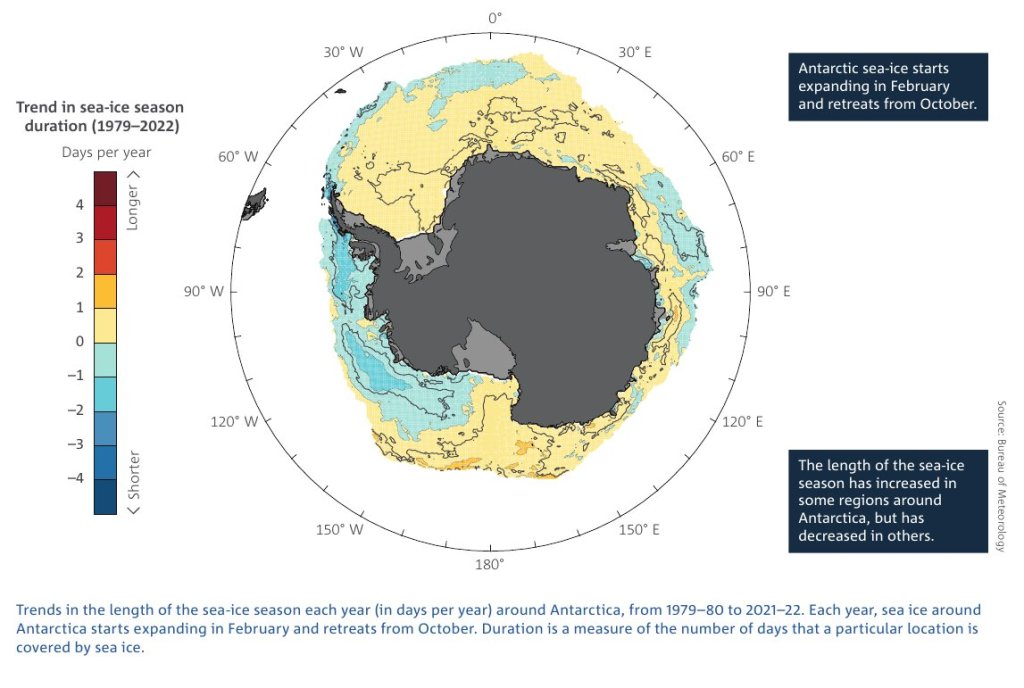
Carbon Dioxide , Methane, Nitrous Oxide and other Greenhouse Gases
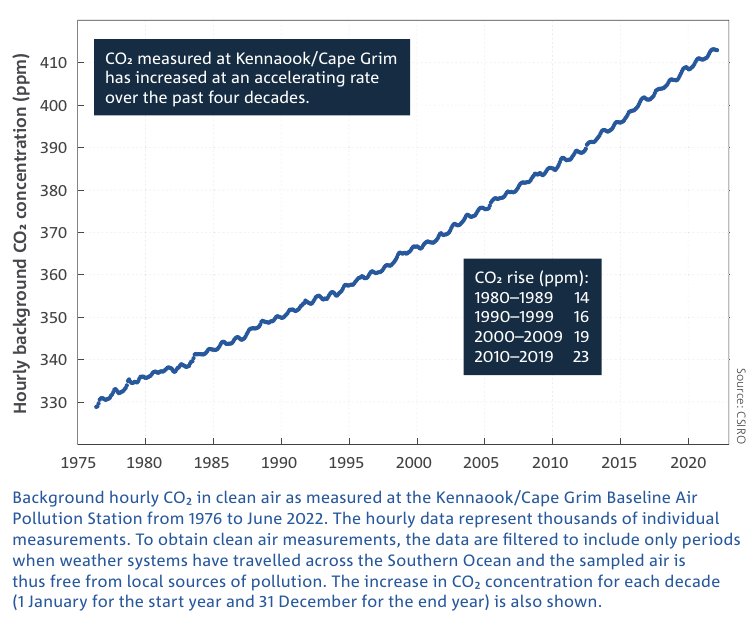
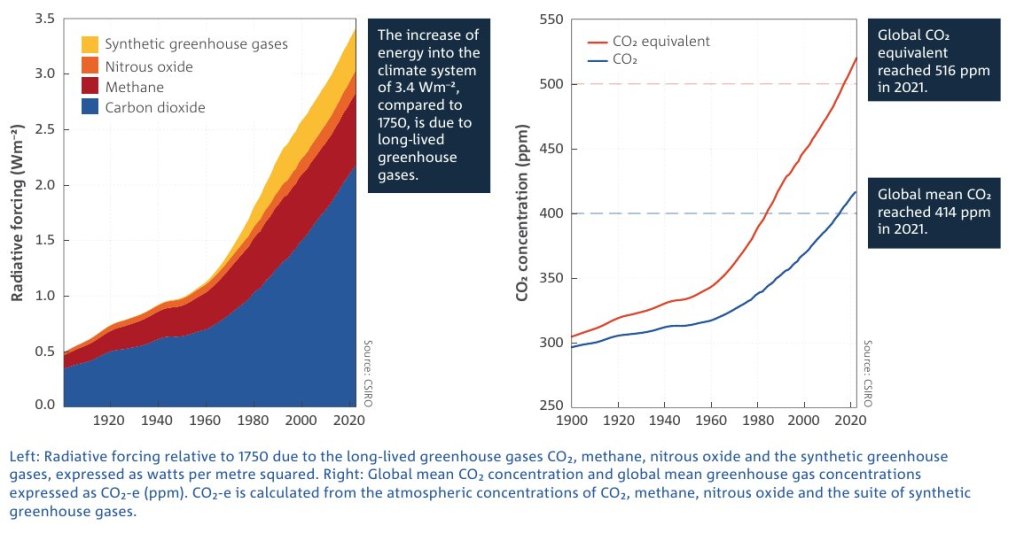
The Carbon budget – Emissions and carbon sinks
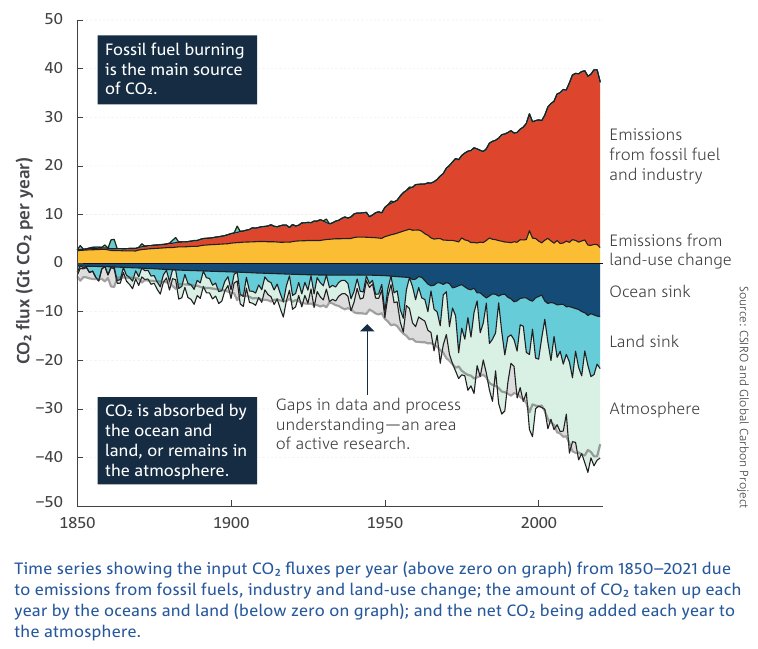
Future Projections

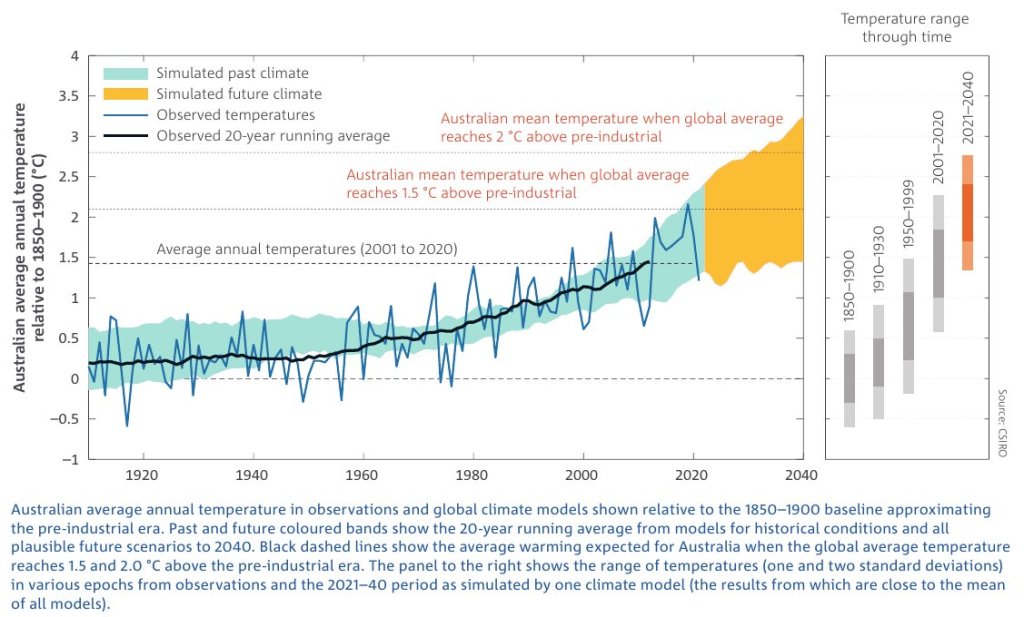
The Director of CSIRO’s Climate Science Centre, Dr Jaci Brown, said “The concentrations of greenhouse gases in the atmosphere are continuing to rise, and this is causing Australia’s climate to warm,” Dr Brown said.
She also drew attention to the increasing acidification of the oceans around Australia, which have also warmed by more than one degree since 1900.
“The warming of our oceans is contributing to longer and more frequent marine heatwaves, and this trend is expected to continue into the future,” Dr Brown said. “We’re seeing mass coral bleaching events more often, and this year, for the first time, we’ve seen a mass coral bleaching on the Great Barrier Reef during a La Niña year. The rate of sea level rise varies around Australia’s coastlines, but the north and south-east have experienced the most significant increases.”
The Bureau of Meteorology’s Manager of Climate Environmental Prediction Services, Dr Karl Braganza, said the report projected increases in air temperatures, more heat extremes and fewer cold extremes in coming decades.
“Australia’s climate has warmed on average by 1.47 degrees since 1910,” Dr Braganza said.
“We’ve seen contrasting rainfall trends across the north and the south of the country. There’s been an overall decline in rainfall between April and October across southern Australia in recent decades, but in northern Australia, rainfall has increased across the region since the 1970s.”
“During La Niña events in 2021-22, eastern Australia experienced one its most significant flood periods ever observed. The report shows heavy rainfall events are becoming more intense and the number of short-duration heavy rainfall events is expected to increase in the future.”
Dr Braganza said the length of fire seasons has increased across the country in recent decades. “We’re expecting to see longer fire seasons in the future for the south and east, and an increase in the number of dangerous fire weather days,” he said.
Any one have memories of the Black summer bushfires of 2019/2020? We will see more bushfires at that scale in future years.
Food production already being affected
Dr Michael Robertson, Director of CSIRO Agriculture and Food said:
“The threats caused by climate change, including extreme rainfall, droughts, heatwaves and bushfires, are already having widespread impacts on Australia’s agricultural industry, affecting food production and supply chains.
“Historically the sector has shown its ability to adapt to changes in climate, but we have an important role to play at CSIRO to help our farmers to build on that, navigating the growing climate risks to ensure long-term viability of rural enterprises and communities.
“We’re doing that through initiatives such as our Drought Resilience Mission and looking at sustainable integrated solutions for agriculture and land use, a great example of which is the Climate Services for Agriculture project, providing historical weather and climate projections on a 5 km grid, to allow farmers to see how climate is changing in ways relevant to what they produce.”
Increasing climate health risks
Yuming Guo, a Professor of Global Environmental Health and Biostatistics & Head of the Monash University Climate, Air Quality Research Unit commented:
“Australia has experienced increased ambient temperatures, while there have been more and more wildfires resulting in serious wildfire-related air pollution. Evidence is clear that high temperatures (including heatwaves) and air pollution (including wildfire smoke) can increase the risks of mortality and morbidity (e.g., hospital admissions, emergency department visits, ambulance calls).
“Pregnant women and births, children, the elderly, people with chronic diseases (cardiovascular, respiratory, diabetes) and mental health, and those with low socioecomic status are greatly impacts by high temperatures and wildfire smoke.
“Climate action is urgently needed to reduce the health risks and burden caused by high temperatures and wildfires. We must put human health in the core of climate policies. It is urgent that we make policies for climate mitigation regarding reducing carbon emission and climate adaptation regarding protecting people from climate change.”
Better Land use planning needed to address climate change and adaptation
Andrew Gissing, an emergency management researcher with Natural Hazards Research Australia says
“This report shows that our climate is changing. It is here now, and the impacts are now. For Australia to be best prepared for these cascading hazards, back-to-back ‘worst ever’, we must focus our efforts on mitigation and land use. These are the two areas that can make the most difference once the rain falls, the storm brews or the bushfire starts.
“Natural Hazards Research Australia is now conducting critical research into weather prediction, land planning, infrastructure development, population trends, community awareness, and more. This research is showing what sort of construction is appropriate for which location and that in some locations, building is clearly unwise.
“We must change this risk now – better land using planning is the way forward, and the science supports this.
“Mitigation saves lives and money. As an example, research has shown that flood mitigation investments are cost effective and can pay for themselves many times over. For every dollar invested in retrofitting homes with flood resilient materials saves five dollars in response and recovery. This report makes it clear – Australia cannot keep doing things the same.”
Lowering emissions rapidly to net zero is vital
Dr Michael Battaglia – Mission Lead, Towards Net Zero Mission at CSIRO says
“The clear signal of climate change in the State of the Climate Report shows the urgency of lowering emissions. To do this, we need a combination of existing and new technologies, as well as the means to rapidly embed them into practice.
“We’re facing significant challenges to support and coordinate the shifts across infrastructure, regulation, skills, technology, finance and investment that is needed for the transition to a low emission economy.
“Our role at the CSIRO Towards Net Zero Mission is to bring together research, industry, government and the community to build feasible pathways to address these challenge that address this pressing challenge while at the same time help address other important challenges across regional economies and the environment.”
References:
- BoM and CSIRO, 23 November 2022, State of the Climate 2022 Report http://www.bom.gov.au/state-of-the-climate/
- Australian Science Media Centre, 23 November, 2022, EXPERT REACTION: State of the Climate 2022 – Australia continues to warm; heavy rainfall becomes more intense https://www.scimex.org/newsfeed/state-of-the-climate-2022-australia-continues-to-warm-heavy-rainfall-becomes-more-intense